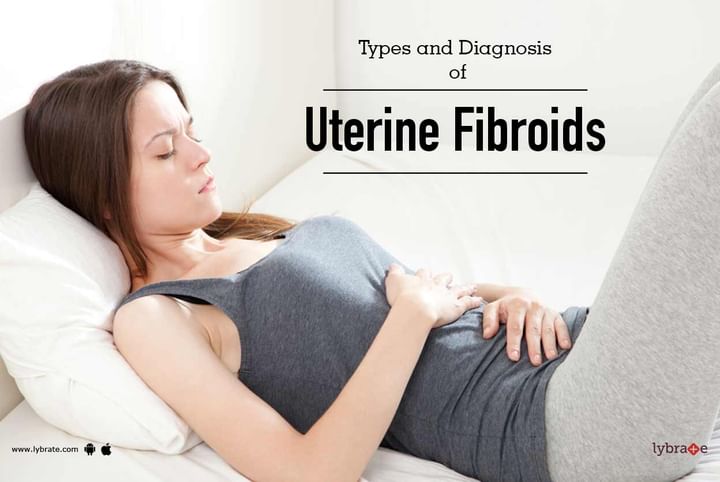Types and Diagnosis of Uterine Fibroids
Noncancerous growths of the muscle tissue surrounding the uterus are known as uterine fibroids. This is a common disease which about 70 to 80% of women contract by the time they are 50 years of age. The uterine fibroids can sometimes be very big and cause heavy periods as well as severe abdominal pain while at other times, uterine fibroids give no signs or symptoms whatsoever and go away on their own. This is why it is crucial to know what type of uterine fibroids you have and how to diagnose them. Here are the types of uterine fibroids and how to diagnose them;
Types
There are three main types of uterine fibroids. They are;
1. Intramural fibroids
The most common type of uterine fibroids are intramural fibroids. They typically appear in the endometrium and may grow larger which results in your womb getting stretched.
2. Subserosal fibroids
Subserosal fibroids are called so because they form on the serosa. The serosa is the outside of your uterus. Sometimes, Subserosal fibroids may grow so large that your uterus appears bigger on one side.
3. Pedunculated fibroids
Pedunculated fibroids tumors are basically Subserosal fibroids with a stem. A base which supports the tumor is called the stem.
Diagnosis
There are a number of tests done to diagnose uterine fibroids. They are;
1. Pelvic exam
A pelvic exam is a thorough inspection of a woman pelvic area. The organs which are in the pelvic area include the cervix, ovaries, uterus and vagina. Normally, this and the next test in this article are enough to diagnose uterine fibroids.
2. Medical history
The history of your periods as well as the other symptoms you have will often be enough to diagnose the uterine fibroids. If your medical history is not enough, then you might need to undergo a pelvic exam.
3. Pelvic ultrasound
An ultrasound is when high-intensity sound waves are used to produce images of the pelvic area. This is only done when a pelvic exam and your medical history are not enough to diagnose uterine fibroids. If you wish to discuss about any specific problem, you can consult a Gynaecologist.



+1.svg)
